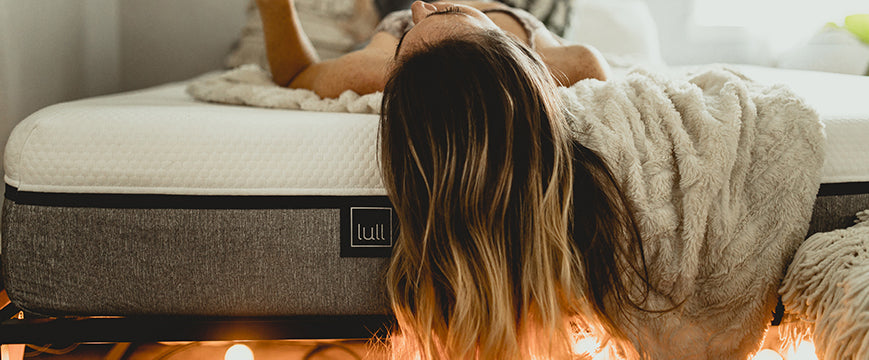- Not everybody observes daylight saving time, even in the United States. Most of Arizona and Hawaii don’t, and bills are often floated in Congress to get rid of it. Florida is trying this year.
- Much of Europe refers to it as “summertime.”
- The idea that farmers are the reason we have daylight saving time is a myth. They were actually pretty annoyed about losing an extra hour of morning light when President Woodrow Wilson made it official in 1918.
- When you observe daylight saving time varies from country to country, and sometimes changes within the country itself. Vladimir Putin completely abolished it in Russia in 2014.
- After multiple studies, it’s been concluded that daylight saving time doesn’t actually save anybody energy.
- It took some time, trial, and error to get daylight saving time right in the United States. Before Congress passed the Uniform Time Act in 1966, you could drive through seven different time zones on a trip from Moundsville, West Virginia to Steubenville, Ohio! Even Minneapolis and St. Paul had two different times!
- “Springing forward” can be chaotic for some. Studies have shown that both heart attacks and mine worker injuries increase after daylight saving time in March.

Get Back into Rhythm This Daylight Saving Time!
During National Sleep Awareness Month we “spring forward” for daylight saving time. For those unaware, this means we move our clocks forward or backward an hour, depending on the time of year. This gives us an extra hour of light each day. It can be jarring, but if we use it right, it may actually help us get better sleep!
Because science has taught us about circadian rhythms, we know that when and how we sleep is adjustable. People do it all the time - sometimes on purpose. For example, to work a night shift or beat traffic. More often it’s unintentional, like when we develop poor sleeping habits. In spring, daylight saving time means we’re getting up an hour earlier because we move our clocks forward. Rather than worry about this lost hour of sleep, wouldn’t it be nice to “fix” our circadian rhythm and get more sleep overall?
But now we’re getting ahead of ourselves. Let’s look at how daylight saving time can be a sleep opportunity by learning more about it, circadian rhythms, and how to use them together for better sleep. You’ll never even notice that lost hour was missing.
The Founding Father(s) of Daylight Saving Time
There’s a little controversy about who officially gave us daylight saving time. The earliest mention of it was when Benjamin Franklin, who secured French assistance in the American Revolution (among many other achievements), wrote a letter to the Journal of Paris in 1784. In it, he observed that the sun provides free light. Not a brilliant idea by itself, but he realized that if you adjusted your clock to maximize that daylight, you’d save an hour of energy normally used for keeping things lit. An interesting idea, but it didn’t become popular until much later.
That was when the Germans entered the picture. In 1916, they instituted the first official daylight saving time to save fuel during World War I. Europe and then the U.S. later followed suit, and the rest, as they say, is history.
Here are some interesting facts about daylight saving time: